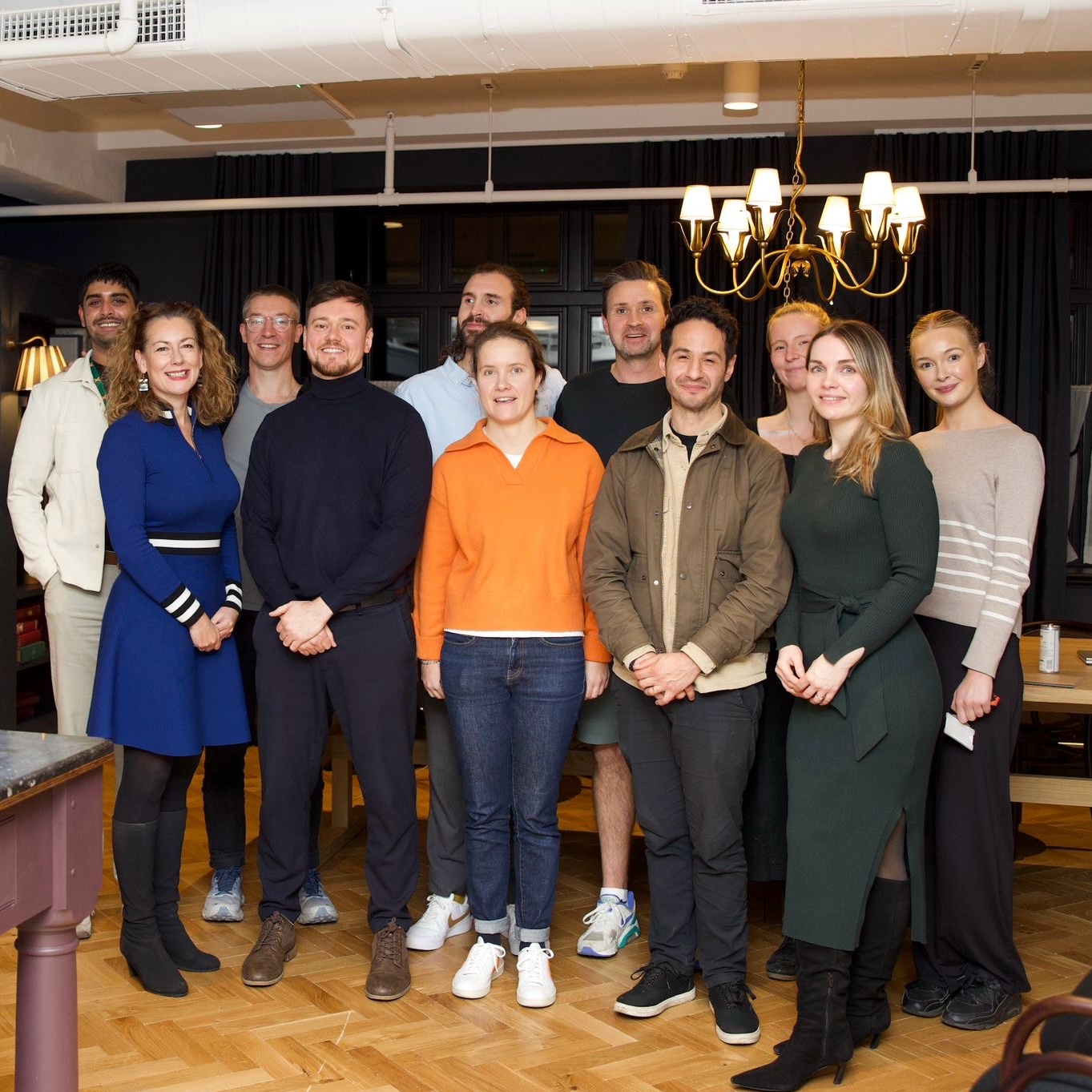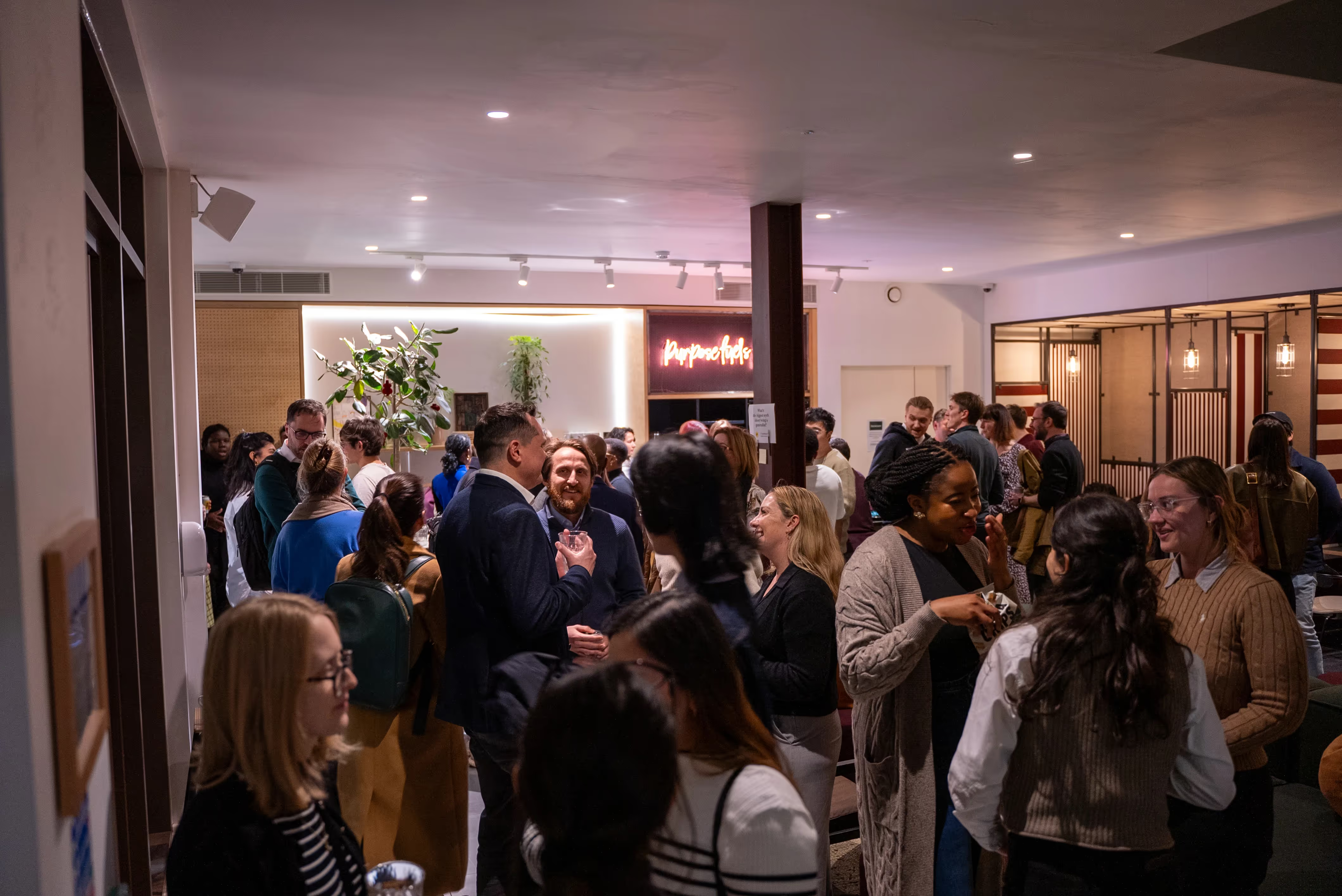When it comes to hiring for diversity - you don’t need any fancy or expensive recruitment platforms and packages, there are plenty of cost-free steps you can take that will have a genuine impact. Neither do you need to employ diversity quotas or positive discrimination, and contrary to popular belief - there’s no evidence that unconscious bias training actually works. Here are some of the myths and methods with more meaning when it comes to truly diverse teams and practices.
When it comes to hiring for diversity - you don’t need any fancy or expensive recruitment platforms and packages, there are plenty of cost-free steps you can take that will have a genuine impact. Neither do you need to employ diversity quotas or positive discrimination, and contrary to popular belief - there’s no evidence that unconscious bias training actually works. Here are some of the myths and methods with more meaning when it comes to truly diverse teams and practices.
{{divider}}
Diversity in the workforce is a long-term structural and cultural issue - not an overnight fix. Steady progress over time requires consistency yet adaptability, as well as personalisation and a deeper understanding of complexity that allows you to see beyond surface ‘trends’.
{{divider}}
Hiring for diversity means making a conscious effort to attract a more diverse set of candidates at the very top of the funnel, and then ensuring that no single group is disadvantaged by any steps in the hiring process. ‘Unconscious bias’ training has recently been a big buzzword in the industry. However, when it comes to actual outcomes, there’s no evidence that unconscious bias training can lead to a lasting, significant shift in behaviour.
{{divider}}
Whilst participants biases are reduced immediately following a session, the effect seems to wear off after around 8 weeks. A study of 829 companies over 31 years showed that bias training had no positive effects in the average workplace. Why doesn’t diversity training work?
{{divider}}
Attempting to ‘de-bias’ individuals is virtually impossible for humans in the way that we contextualise any set of information or data. We're all subject to unconscious bias, no matter how experienced or well-intentioned we may be. However it is possible to reduce bias within a process. And if you de-bias your recruitment process, hiring for diversity shouldn't be a challenge - even at a senior or board level.
{{divider}}
Behavioural Science
{{divider}}
When recruitment driven diversity fails, it's often put down to being a sourcing issue. It doesn’t matter how fair your assessment process is if there’s no diversity in the people going through it. The diversity of your initial candidate pool matters - surprising studies have shown that when there’s just one woman in the finalist pool, their chances of being hired are statistically zero.
{{divider}}
Improvements in sourcing start with the science of the job description. The words you use in your job description will directly influence who applies. By using behavioural science-based guidelines you can cast your net wider and attract a more diverse set of candidates.
{{divider}}
Demanding an extensive list of requirements will rule out talented people who simply haven’t been afforded certain opportunities, therefore you should ask which requirements are ‘nice to haves’ and state these as part of the advertisement. The steeper you make the barriers to entry, the more risk-averse candidates you’ll deter. Being risk-averse doesn’t make someone any less talented or qualified, it simply means that they qualify themselves out quicker.
{{divider}}
Research has shown that generally speaking, women tend not to apply for roles unless they meet 100% of the criteria, whereas men who will apply meet only 60% of the requirements (some sources believe this is likely due to a combination of gendered differences in confidence and the fact that women are more socialised to follow the rules). So, by cutting down on requirements alone, you should see more female applicants.
{{divider}}
Perhaps one of the biggest and most common diversity hiring mistakes is over-indexing on education and experience. Although they might seem necessary, they’re actually one of the weakest predictors of actual skill. We know that candidates from underprivileged backgrounds are less likely to attend top universities - a key determining factor when it comes to gaining impressive-looking work experience. Studies also tell us that people from ethnic minority backgrounds are more likely to be living in relative poverty.
{{divider}}
Not all experience has equal value so aiming for quality over quantity and looking for an authentic passion, interest and drive within the field can be more fruitful. Sometimes an outsider perspective can also be the breath of fresh air that the role or company needs.
{{divider}}
Personalisation
{{divider}}
The words you use carry subconscious meaning. As a result, candidates who feel that they don’t ‘fit the bill’ will rule themselves out. Your job description is telling candidates what sort of working environment they can expect, and if they’d fit in or not. This means highlighting the companies values as part of the description - to give an idea of ethos and aims.
{{divider}}
The problem with network-based hiring and referrals is that one’s network tends to be a reflection of themselves and some demographics have stronger networks than others. Whilst you shouldn’t rely solely on your network to source candidates, you can try asking people you already know from minority groups to share roles. This tactic helped Pinterest attract 55% more candidates from ethnic minority backgrounds.
{{divider}}
If you’re looking to fill specific diversity gaps, then post your jobs on specialist job boards. These can be expensive so it might help to measure the ROI. You’ll likely find that some platforms bring in better and more varied-background candidates than others. You can set up basic tracking by using UTM links, which will tell you who came from where.
{{divider}}
Glassdoor found that 67% of job seekers see diversity as an important factor when considering companies and job offers, so if your organisation is making an effort to improve diversity in recruiting and across the business as a whole, then be sure to shout about it on your careers page.
{{divider}}
According to Linkedin, the #1 obstacle candidates experience when searching for a job is not knowing what it’s like to work at an organisation. The more transparent you can be around your company culture the better: make sure your careers page shows real photos and quotes that provide a genuine insight into what it’s like to work there.
{{divider}}
Instead of standard CVs, when it comes to hiring for diversity, work samples can be hugely beneficial. Rather than rely on assumptions based on background (which is often clouded by socioeconomic factors), work samples test directly for the skills needed for the job. Ideally, you’d outline 6-8 key skills needed for the role, and then base your questions around them. This means that every question serves a purpose and you can build a profile of each candidate’s skillset.
{{divider}}
Of course, education and experience may well forge the best candidates, but we want to test for skills learned via experience, not just for the experience itself. It’s often the case that experience in an unrelated field gives someone the unique perspective that makes them the best candidate. And when it comes to hiring for diversity, shifting the emphasis from experience to skills will be the key to hiring a diverse array of quality talent.
{{divider}}
Standardisation
{{divider}}
The key to unbiased, data-lead assessment is using standardised criteria for all candidates. Every candidate should be scored against the same criteria, across the entire process. You don’t need an elaborate system, just a 1-5 star scale for each work sample or interview question.
{{divider}}
Not only does this prevent gut-assessments but it also enables you to get a better-rounded view of someone’s skillset. If every candidate is scored out of 5 for each question, you can add their scores to create a scoreboard. This means that at the end of the possess, there should be a clear winner, with no room for debate.
{{divider}}
Interviews are a chance to see how candidates would think and work in the role, so you could use case study or role-playing tasks to dive deeper into candidates' skills. Structured interviews mean that every candidate is asked the same questions in the same order using the same scoring criteria.
{{divider}}
The more diverse your reviewers, the fairer the scores should be - and they don’t all need to be from the relevant department or function. This is so that you reap the benefits of the wisdom of the crowd - the idea that collective judgment is more accurate than that of an individual, and the more diverse the reviewers, the more diverse your hires will be.
{{divider}}
Although your process should be anonymous, you’ll still need to collect diversity metrics to ensure its fairness - whether it be ethnic diversity, disability status or the gender pay gap. Whilst it’s up to you which details you ask for, you should be clear about what they’ll be used for and that they’ll only ever be used at an aggregate level.
{{divider}}
A Purposeful Process
{{divider}}
Hiring for diversity is more complex than just attraction and bias-removal, even when well-intentioned, you can still have questions or entire assessment rounds that are hindering your efforts. This means constantly assessing progress and modifying in response to feedback from the experience - maybe it’s an entire interview or just a particular question that a given group is disproportionately underperforming in. You might want to ask yourself whether the phrasing, structure, etc is inclusive enough.
{{divider}}
Similarly not all work samples and interview questions need to test hard skills. You can also assess working characteristics as well as things like mission alignment - assessing the candidates ‘why’ - why your company and why now. This is not the same as ‘culture fit’. If a candidate is passionate about your mission and is aligned with your values, that’s all that matters. When we start looking at culture fit, we’re essentially asking how like us the candidate is - and so diversity never improves.
{{divider}}
In summary some of the smallest changes with the biggest returns when it comes to a more diverse hiring process include: removing gendered language from job descriptions, posting to specialist job boards, widening the sample pool by not relying solely on network, swapping CVs for work samples, using standardised scoring criteria, anonymising applications, having multiple reviewers, using case studies and role play tasks instead of questions about background, tracking diversity data and focusing on inclusion and mission over ‘culture-fit’.



.png)
.avif)


.avif)


.avif)
.avif)



